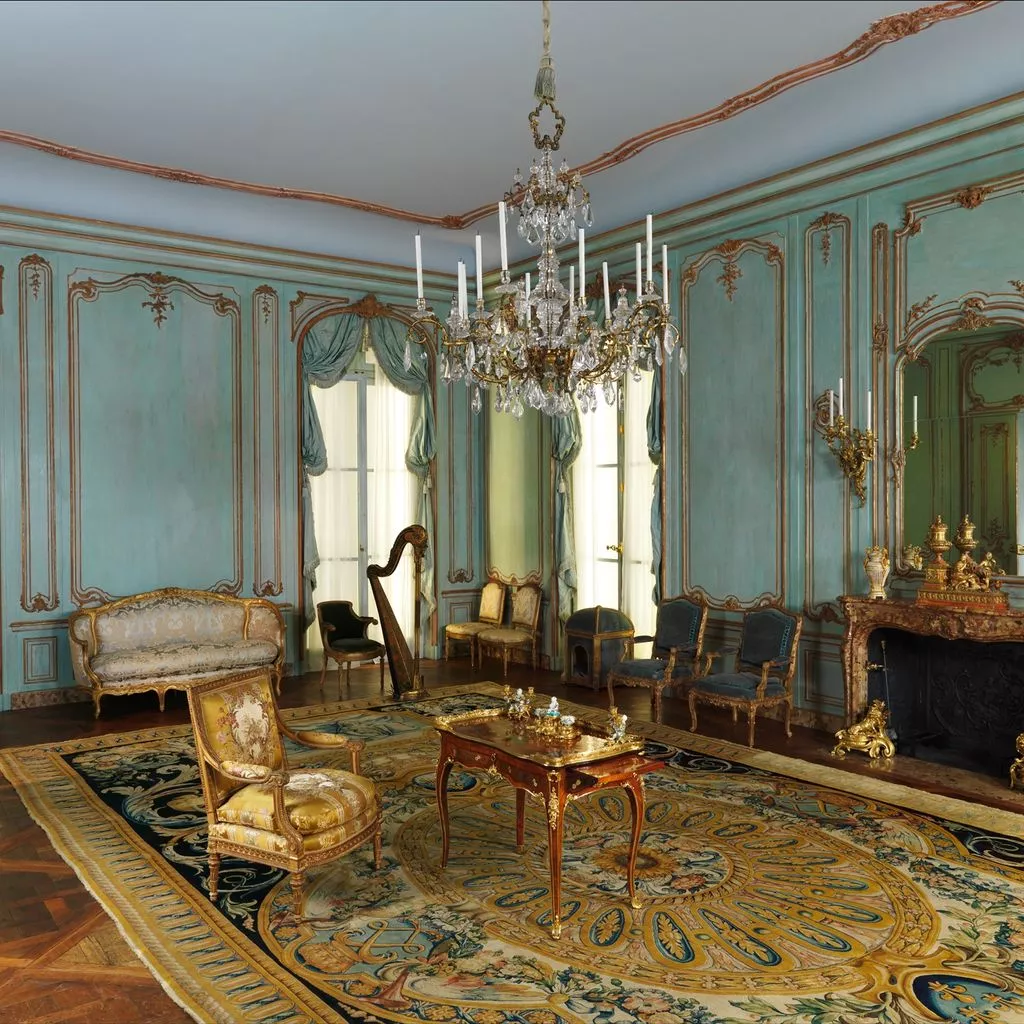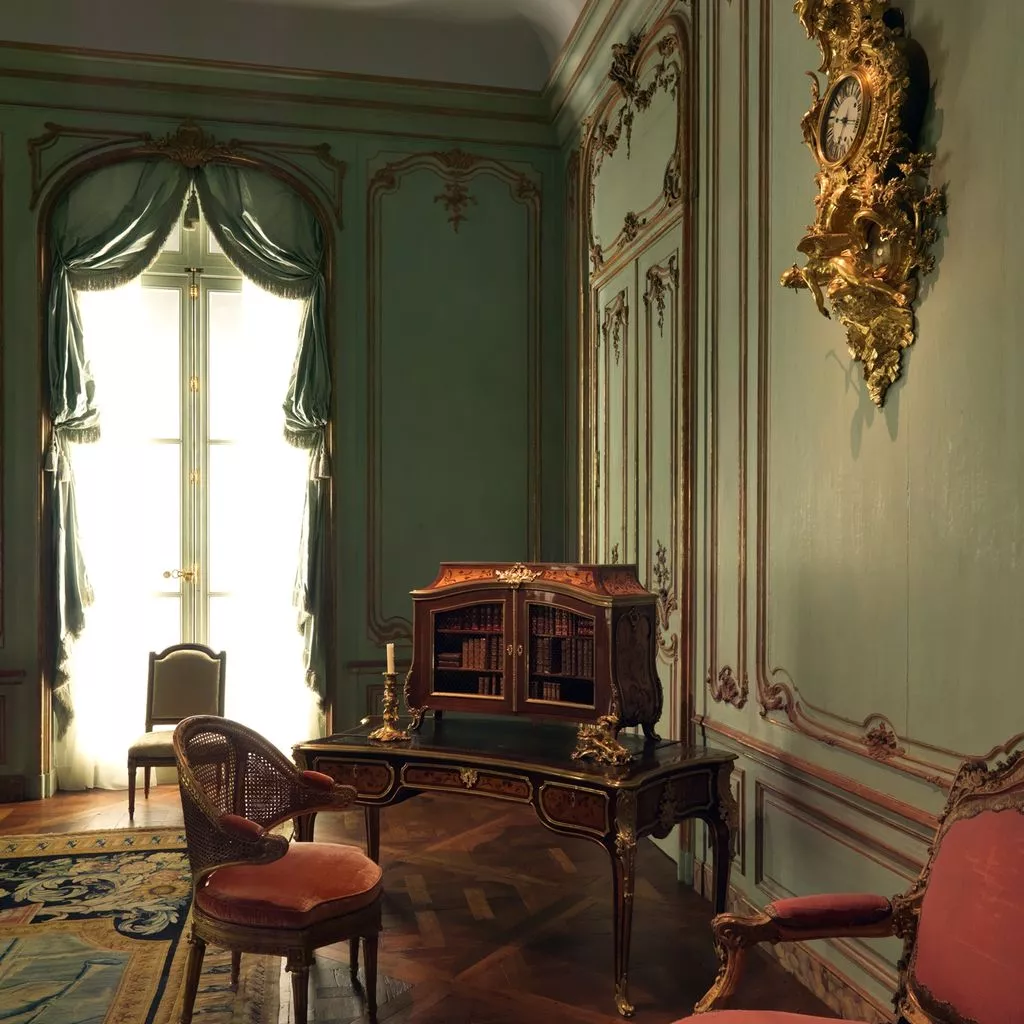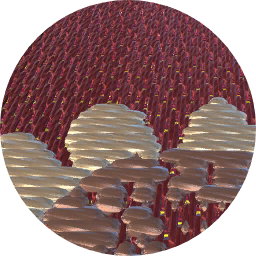Description
According to the Viennese travel guide Nützliches Adress und Reisebuch, published in 1792, "the House of Prince Paar . . . especially deserves to be seen because of the splendor of its interior settings, carried out under the direction of the architect Canevale."[1] Among its glories were the French-style paneled rooms.Formerly at 30 Wollzeile, not far from Saint Stephen’s Cathedral, Palais Paar was built about 1630 for the postmaster of the Holy Roman Empire, Baron Johann Christoph von Paar. During the second half of the eighteenth century the state apartments and living quarters of this stately residence were renovated for one of his descendants, Count Wenzel Johann Joseph von Paar, in a tempered version of the Rococo style. According to contemporary documents, the French-born architect Isidor Canevale was responsible for the paneling designs, which were executed by the sculptor Johann Georg Leithner. Displaying triple moldings that are enriched with foliate and shell motifs, floral ornament, and either C- or S-shaped scrolls, the Museum’s paneling comes from various rooms originally at the back of the palace. They were decorated more sparingly than the richly embellished reception rooms behind the main facade. About 1931, before the building was demolished, most of the boiseries were dismantled and sold to the Parisian decorating firm of Jansen. The British politician and art collector Sir Philip Sassoon (1888–1939) acquired some of this paneling in 1934 for installation in his London house, at 45 Park Lane. It was, however, bought back by Jansen in the 1950s and later purchased by Mr. and Mrs. Charles Wrightsman for use at the Museum. Microscopic paint analysis has revealed three tones of gray distemper, probably the original paint layers, on different elements of the woodwork, thereby underscoring its composite nature. The current blue-green paint surface was applied by Jansen before the Wrightsmans acquired the room in 1963. This color was then believed to be close to the original shade; cross sections taken during the most recent conservation treatment indicate that the paneling was indeed once painted a light blue. That color, however, is now known to be not the earliest but one of the subsequent layers.Notes:1. Nützliches Adress und Reisebuch 1792, pp. 20–21.















